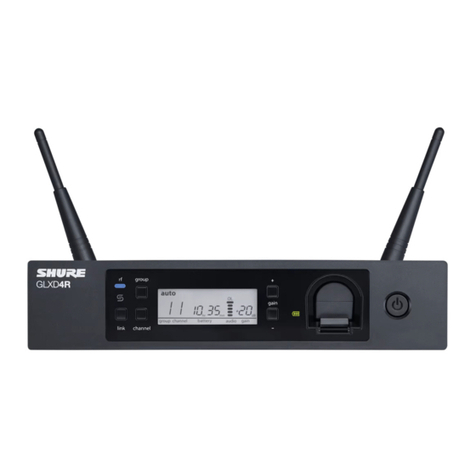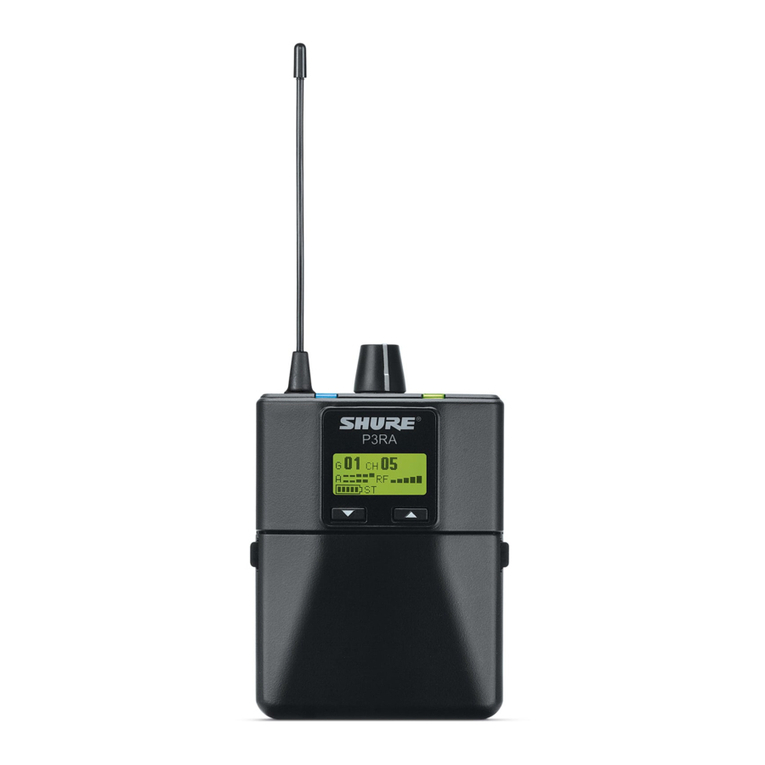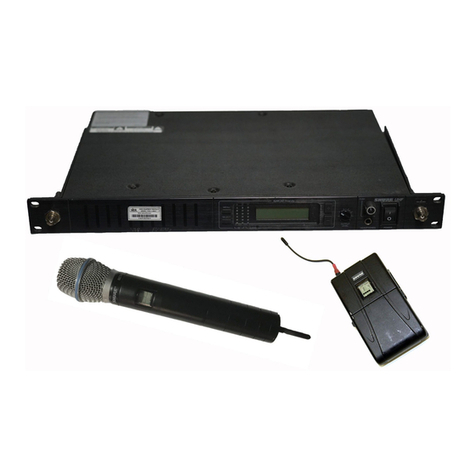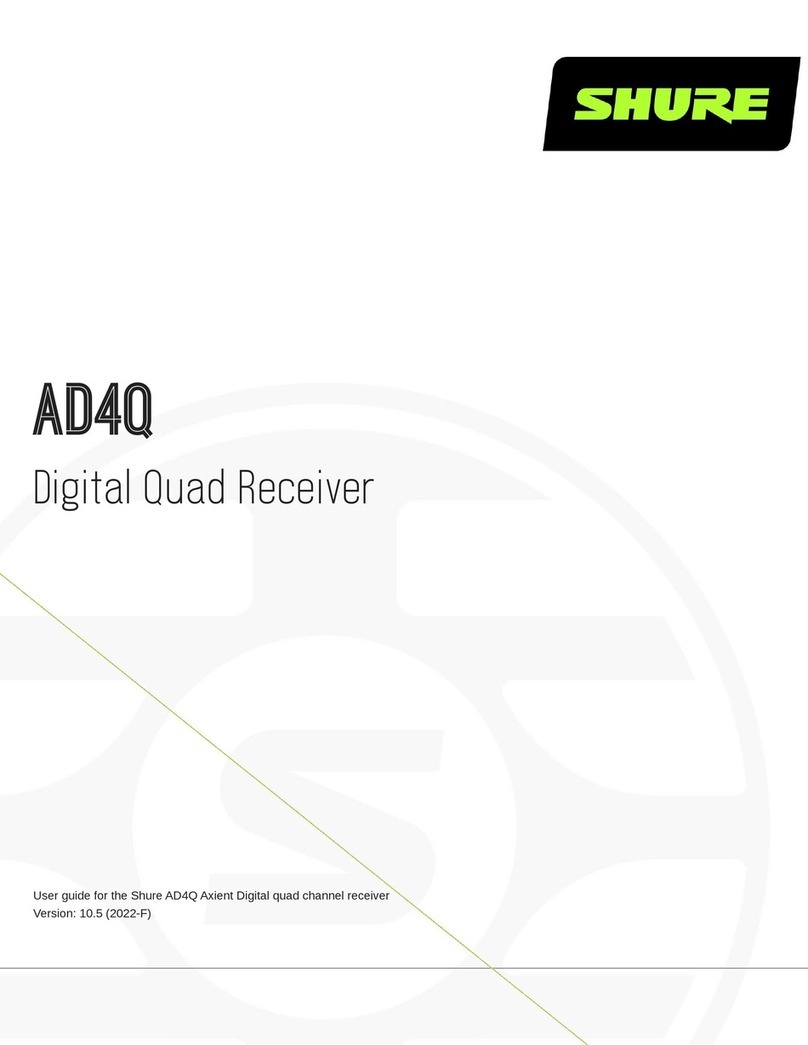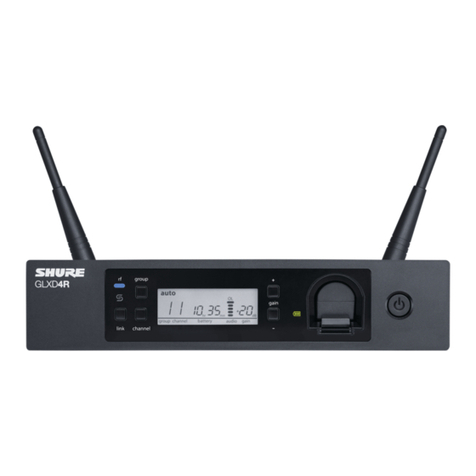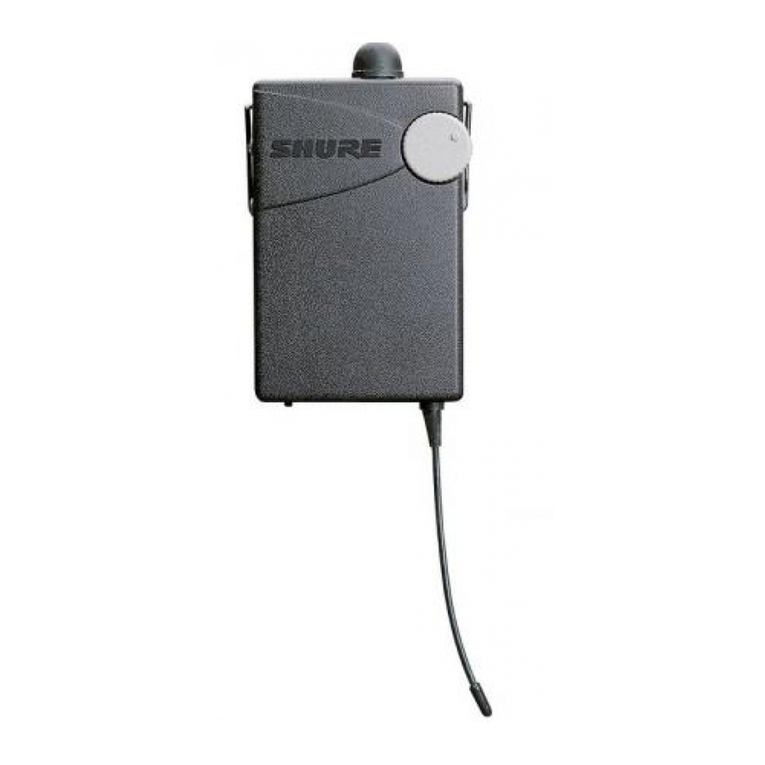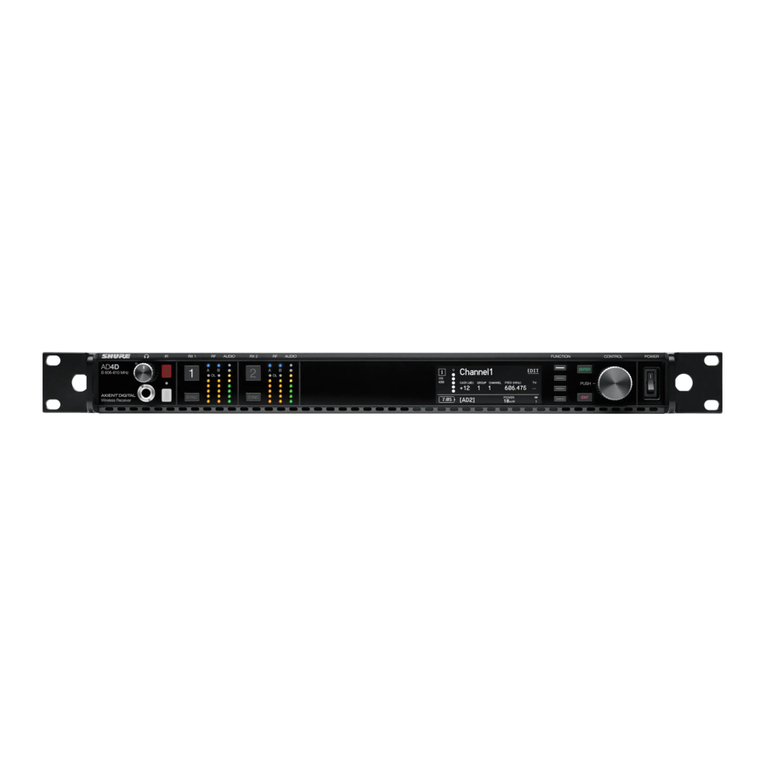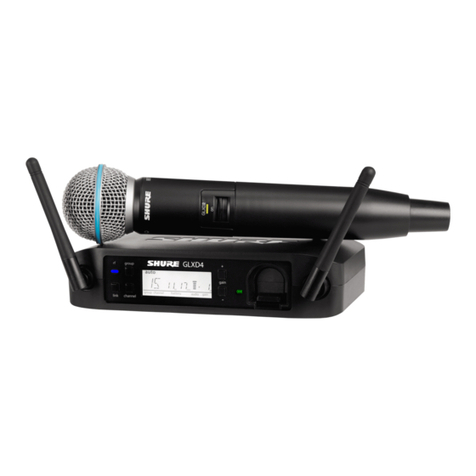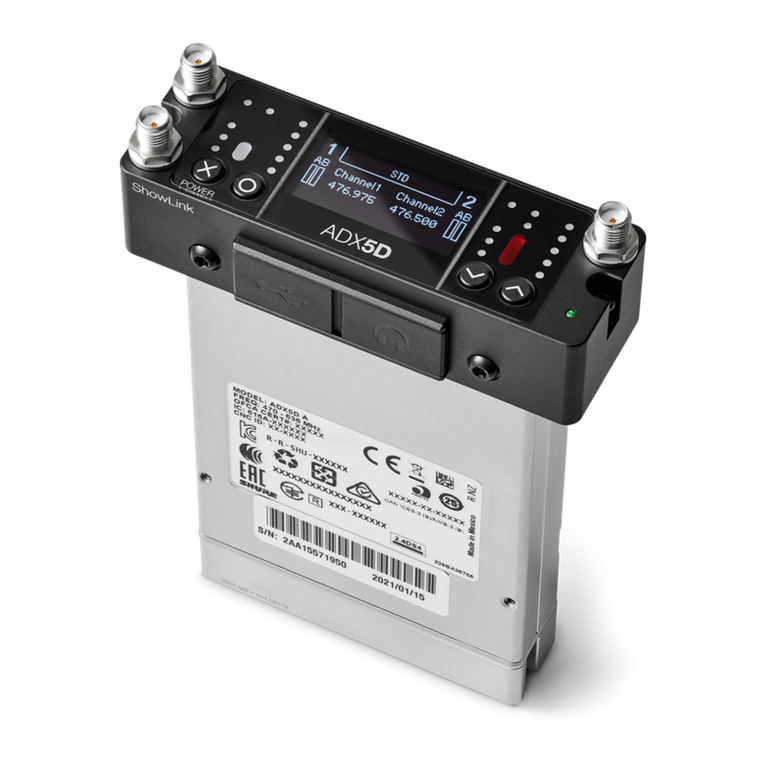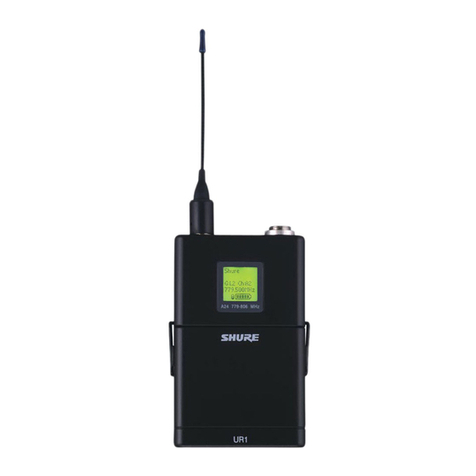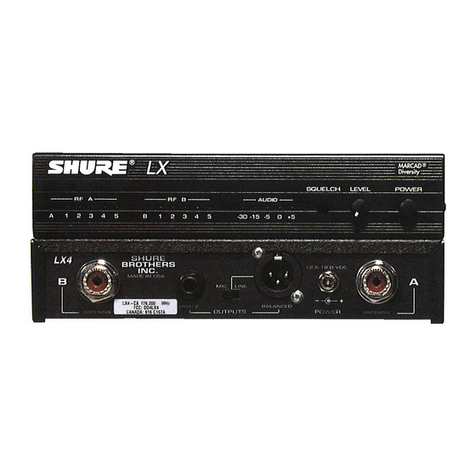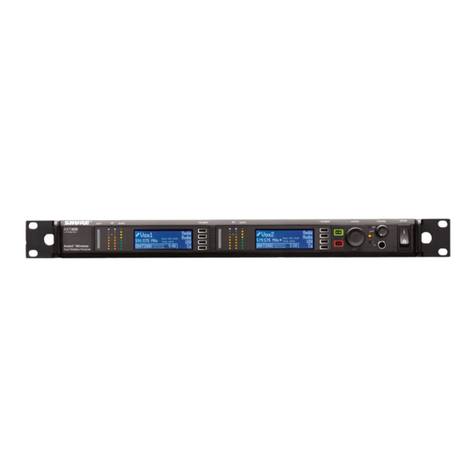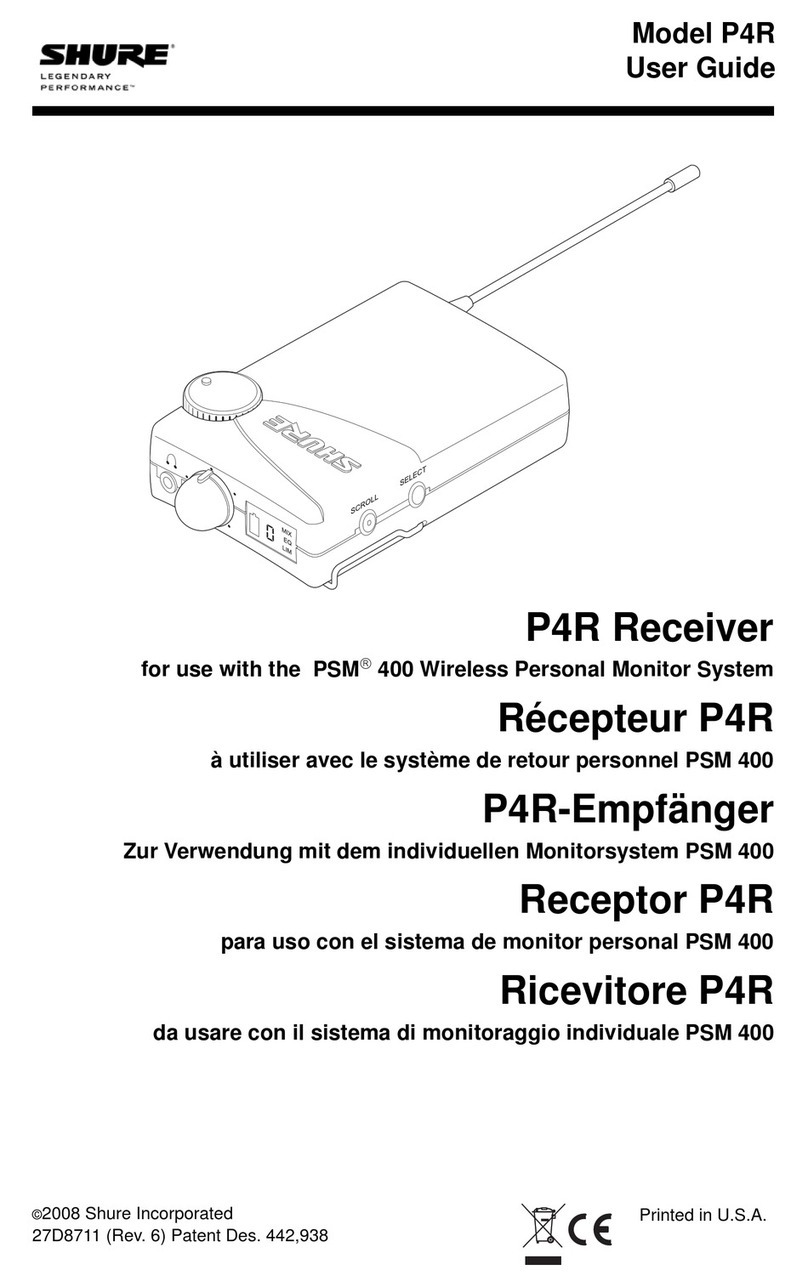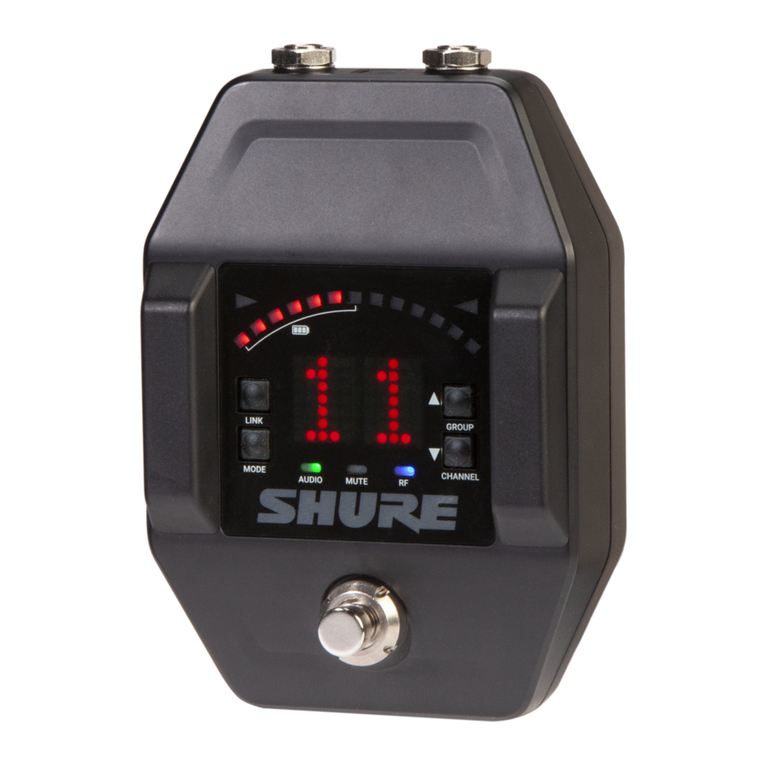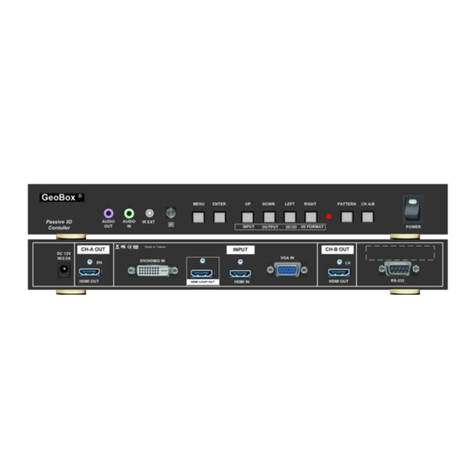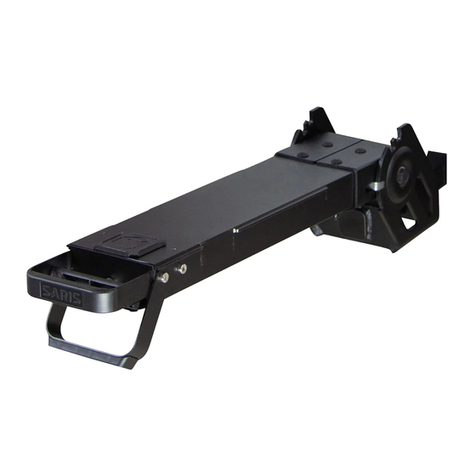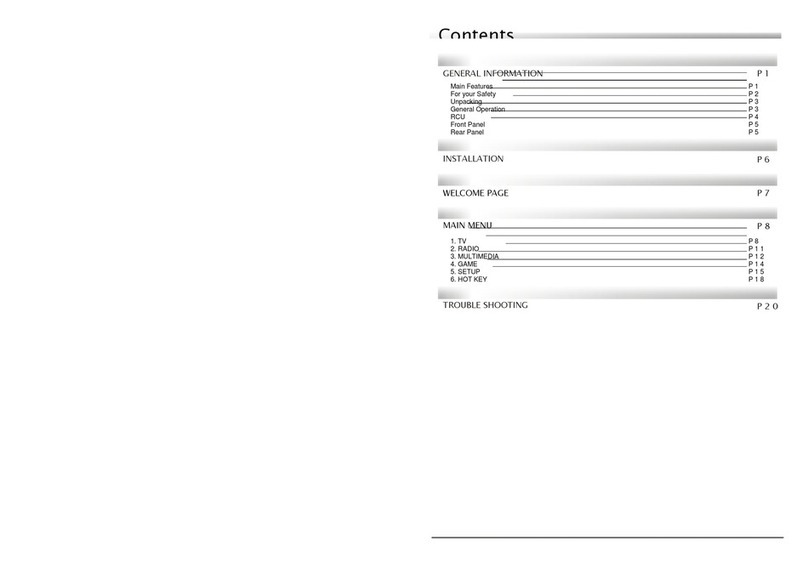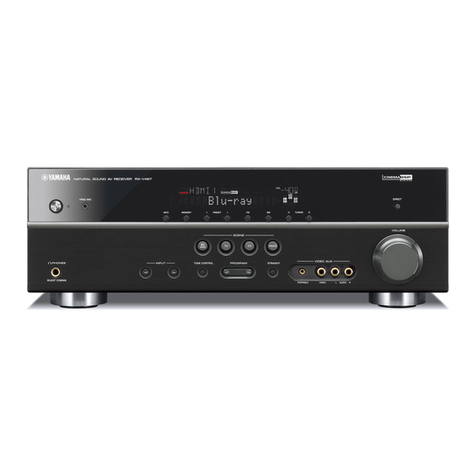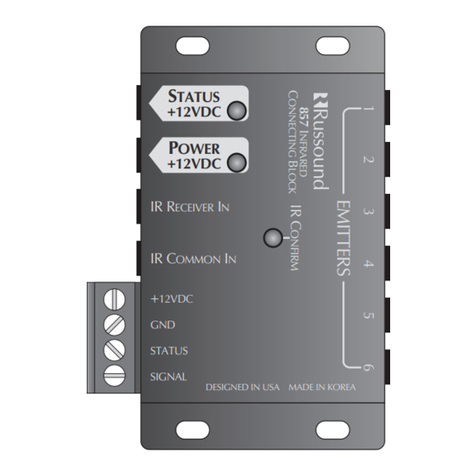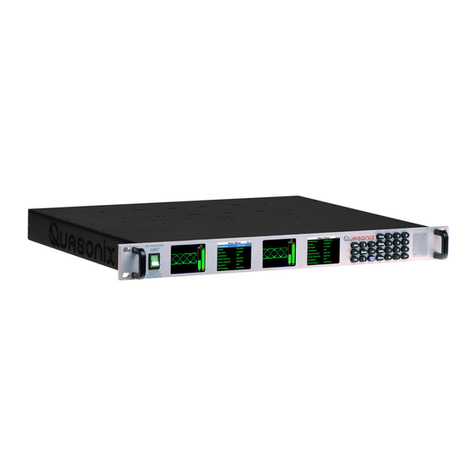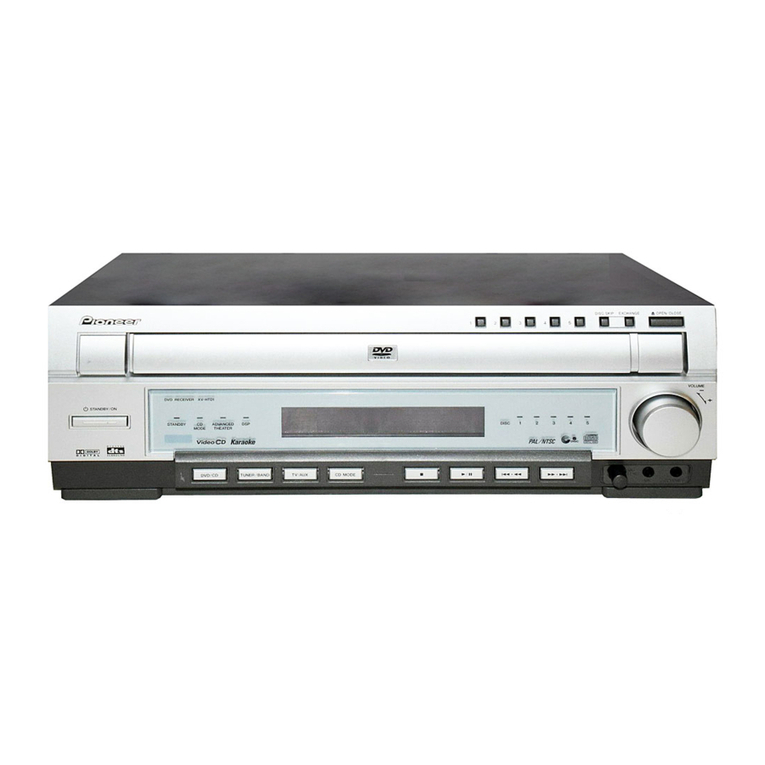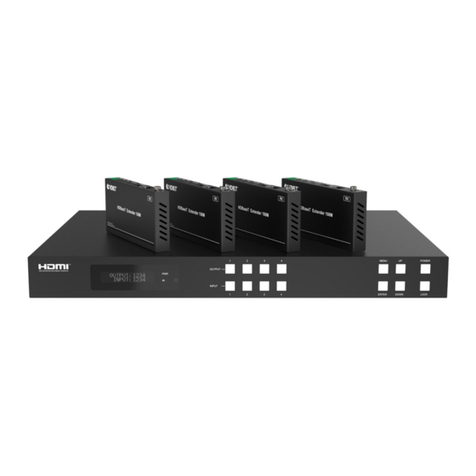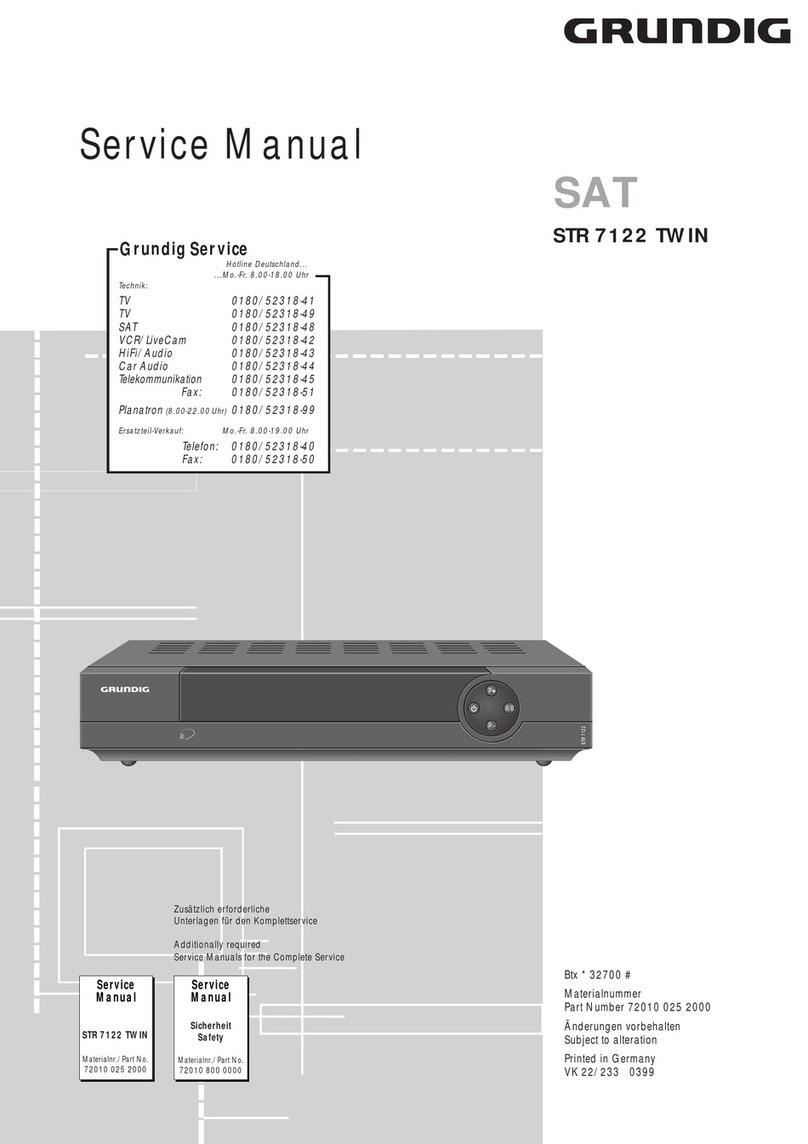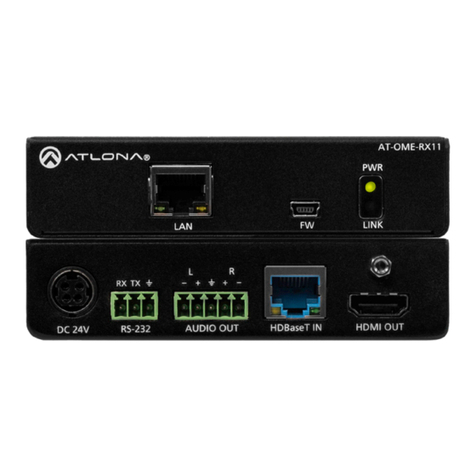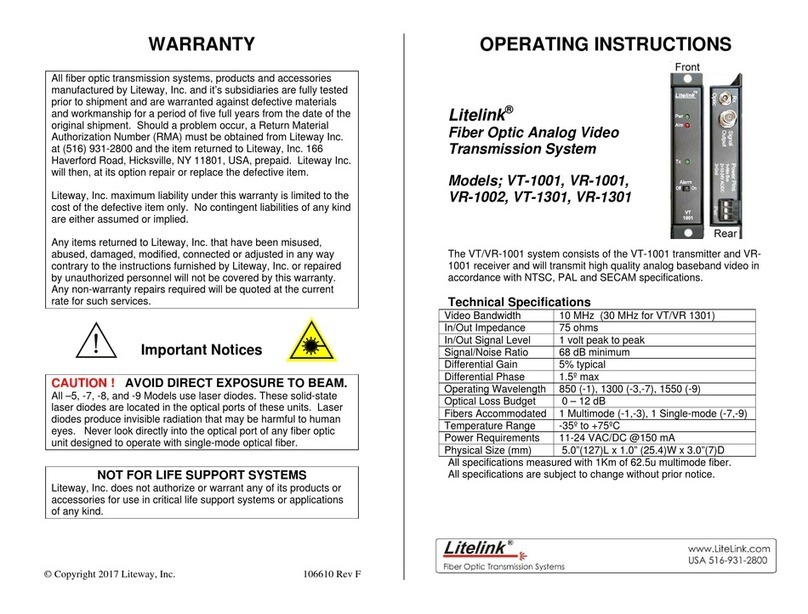
Shure T4 Diversity Receiver
2Characteristics 25C1020 (EA)
Circuit Description
The Shure Model T4 is a single-conversion superheterodyne diversity FM
receiver operating in the 169–238 MHz band. It is intended for use with the
matching Shure T Series wireless transmitters.
RF Stages Two complete, independent RF sections provide diversity reception. Signals
enter via the single-element, quarter-wave antennas.
Channel A: The signals pass through a double-tuned filter (L3 and L4) be-
fore entering MOSFET amplifier Q1. The output of this stage is double-tuned by
L5 and L6, which also provide impedance-matching to Gate 2 of GaAs MESFET
(gallium arsenide metal semiconductor field effect transistor) mixer Q3. Gate 1
receives the local oscillator signal from transistor Q5. A third-overtone quartz
crystal in the 50–70 MHz range provides frequency control. The collector circuit
of the oscillator is tuned by L8 to the third harmonic of the crystal (160–230 MHz)
to provide the proper injection frequency for a 10.7 MHz intermediate frequency
(IF).
Channel B: This channel is identical in design to channel A. The signals
from the antenna pass through a double-tuned filter (L12 and L13) before enter-
ing MOSFET amplifier Q6. The output of this stage is double-tuned by L14 and
L15 and fed to Gate 2 of GaAs MESFET mixer Q8. Gate 1 receives the local os-
cillator injection from buffer transistor Q4, which is tuned by L7. The buffer stage
helps isolate the diversity channels from one another by preventing crosstalk
through the common local oscillator section.
IF and Audio-Detection Stages
Channel A: L2 tunes the output of mixer Q3 to 10.7 MHz before the signal
enters ceramic filter FL3. Transistor Q2 provides IF amplification to make up for
the losses in the filters. After passing through a second IF filter, FL2, the signal
enters amplifier/detector U1. The detected audio from pin 6 is amplified by
U105C.
Channel B: L11 tunes the output of mixer Q8 to 10.7 MHz before the signal
enters ceramic filter FL6. Transistor Q7 provides IF amplification before the signal
passes through the second ceramic filter, FL5, and enters amplifier/detector U2.
The detected audio from pin 6 is amplified by U108B.
Noise-Operated Squelch
A noise-operated squelch system provides both diversity-channel selection
and muting. Noise signals are obtained from the additional detector outputs at
pin 7 of U1 and U2.
Noise Signals
Channel A: The squelch level control (R16) adjusts the noise signal from U1
before it is amplified by U105A. Active high-pass filter UI05D removes audio
components that could cause false triggering. The noise is then rectified by D101
and smoothed by C111 to provide a dc voltage that varies with the amount of
noise present on the detected signal.
